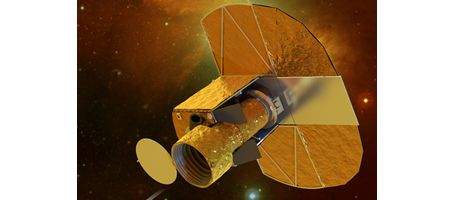The European Space Agency (ESA) has awarded funding to a project aimed at identifying Earth-like planets that could be capable of supporting life.

The CHaracterizing ExOPlanet Satellite (CHEOPS) will begin researching planets outside our solar system as early as 2017.
“The CHEOPS mission is a milestone on the path of researching exoplanets in the near vicinity of our solar system,” says astrophysicist Christopher Broeg, project manager at the Center for Space and Habitability (CSH) of the University of Bern.
“It may bring us closer to the distant goal of one day discovering a planet that has characteristics similar to the Earth and might conceivably be capable of sustaining life.”
CHEOPSwill use the transit method, which detects the dimming of a star as a planet passes, to measure the diameter of exoplanets with great precision.
The planet’s mass can be established using the radial velocity method, as used byt he Harps detector on the 3.6-metre telescope at ESO’s La Silla Observatory in Chile, and the two results combined to calculate its density. This in turn reveals whether the planet is composed of rock, ice or gas and whether it has an extensive atmosphere.
The researchers are particularly interested in the properties of small planets with diameters one to six times that of the Earth.
The CHEOPS satellite will weigh around 200 kilogrammes and carry a telescope 30 centimetres in diameter and 1.5 metres long. It will be launched into near-Earth orbit, where it will circle above the day/night terminator at an altitude of 800 kilometres.
From there, it will observe some 500 bright stars and characterize their planets over a three-and-a-half-year period, says the team.






